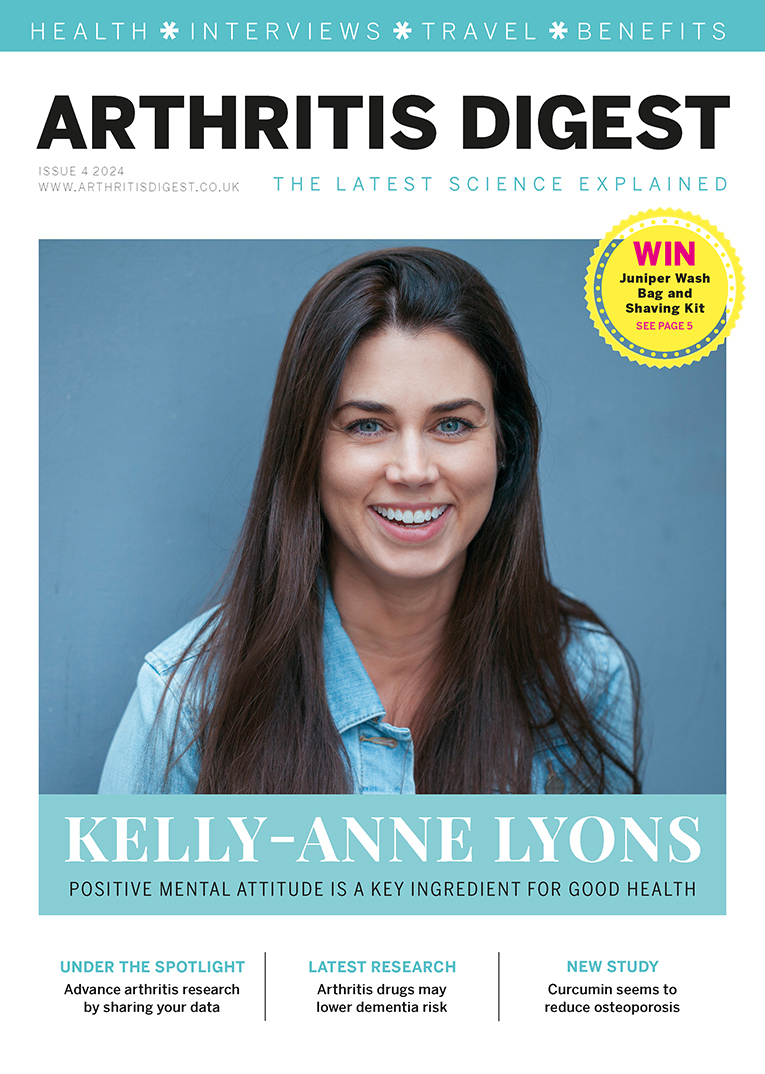
Fibromyalgia
Corydalis yanhusuo plant: promising lead in pain relief for arthritis and fibromyalgia
The Corydalis yanhusuo plant is under scrutiny as a possible treatment for acute inflammation and nerve pain, says research published in Current Biology.
Derived from the roots of the plant that grows in Siberia, China and Japan, dehydrocorybulbine (DHCB) is said to be non-addictive and does not generate the tolerance seen with continued use of other pain relievers, such as morphine. Continue reading
Meditation can change expression of pro-inflammatory genes, says new study
The first evidence of specific molecular changes in the body following a period of mindfulness meditation has been revealed in a paper published in Psychoneuroendocrinology.
Researchers looked at the effects of a day of intensive mindfulness practice in a group of experienced meditators, compared to a group of untrained people who engaged in quiet non-meditative activities.
After eight hours of mindfulness practice, the meditators showed a range of genetic and molecular differences, including altered levels of gene-regulating machinery and reduced levels of pro-inflammatory genes, which correlated with faster physical recovery from a stressful situation. Continue reading
Pleasure and pain brain signals disrupted in people with fibromyalgia
A disruption of brain signals for reward and punishment contributes to increased pain sensitivity (hyperalgesia) in people with fibromyalgia, says research published in Arthritis & Rheumatism. And this altered brain processing could contribute to widespread pain and lack of response to opioid therapy. Continue reading
Marijuana’s potential for treating arthritis
A compound in marijuana – tetrahydrocannabinol (THC) – may be beneficial in treating those with autoimmune disorders, says research published in the Journal of Biological Chemistry.
The study from the University of South Carolina is the first to explore how tiny, yet powerful molecules called microRNAs are influenced by THC. MicroRNAs plan a vital role in gene expression; they act as brakes that target over 60% of gene expression. Being able to alter microRNA expression could hold the key to successful treatments for a whole host of autoimmune diseases, including arthritis. Continue reading
Drinking extra milk as a teen may not mean hip fracture benefits later
Doubt has been cast on the theory that drinking plenty of milk early in life can help people avoid bone fractures later down the line in a large US study published in JAMA Pediatrics.
The association between teenage milk consumption and risk of hip fracture at older ages was examined in a study of more than 96,000 people with a follow-up of over 22 years.
There was no link between teenage milk consumption levels and hip fracture frequency in women. But men who drank a lot of milk between 13 years and 18 years actually saw an increased risk of hip bone injuries. Every additional glass of milk per day as a teenager was associated with a 9% higher risk among males. The association was influenced by height.
“We did not see an increased risk of hip fracture with teenage milk consumption in women as we did in men,” says Dr Diane Feskanich, who led the work. “One explanation may be the competing benefit of an increase in bone mass with an adverse effect of greater height.
“Women are at higher risk for osteoporosis than men, hence the benefit of greater bone mass balanced the increased risk related to height.”
The message is that drinking milk during adolescence is recommended to achieve peak bone mass, but it can lead to greater height too, which is a risk factor for hip fracture.
More research is on the menu
To read the original research visit http://archpedi.jamanetwork.com/article.aspx?articleid=1769138.
